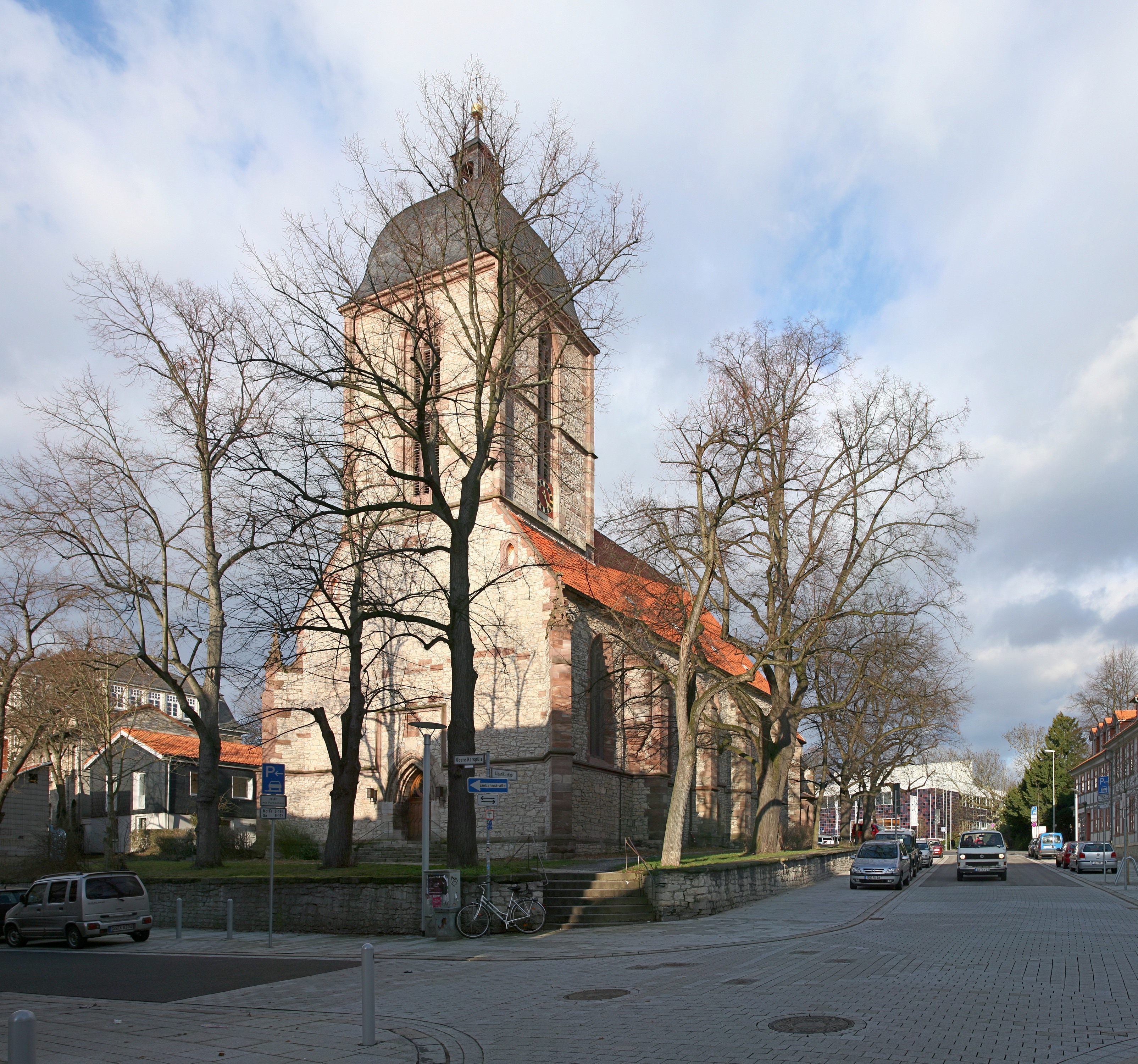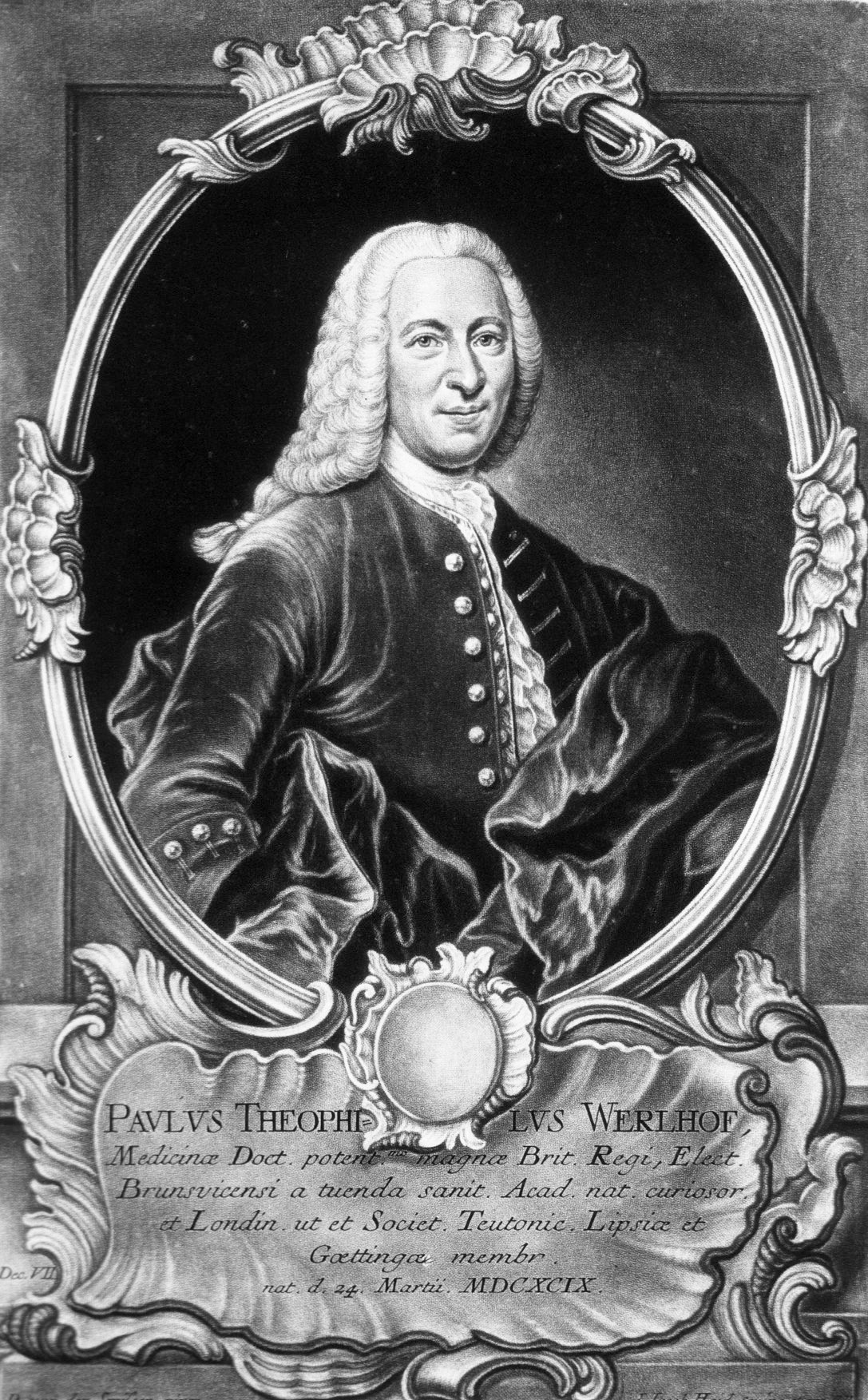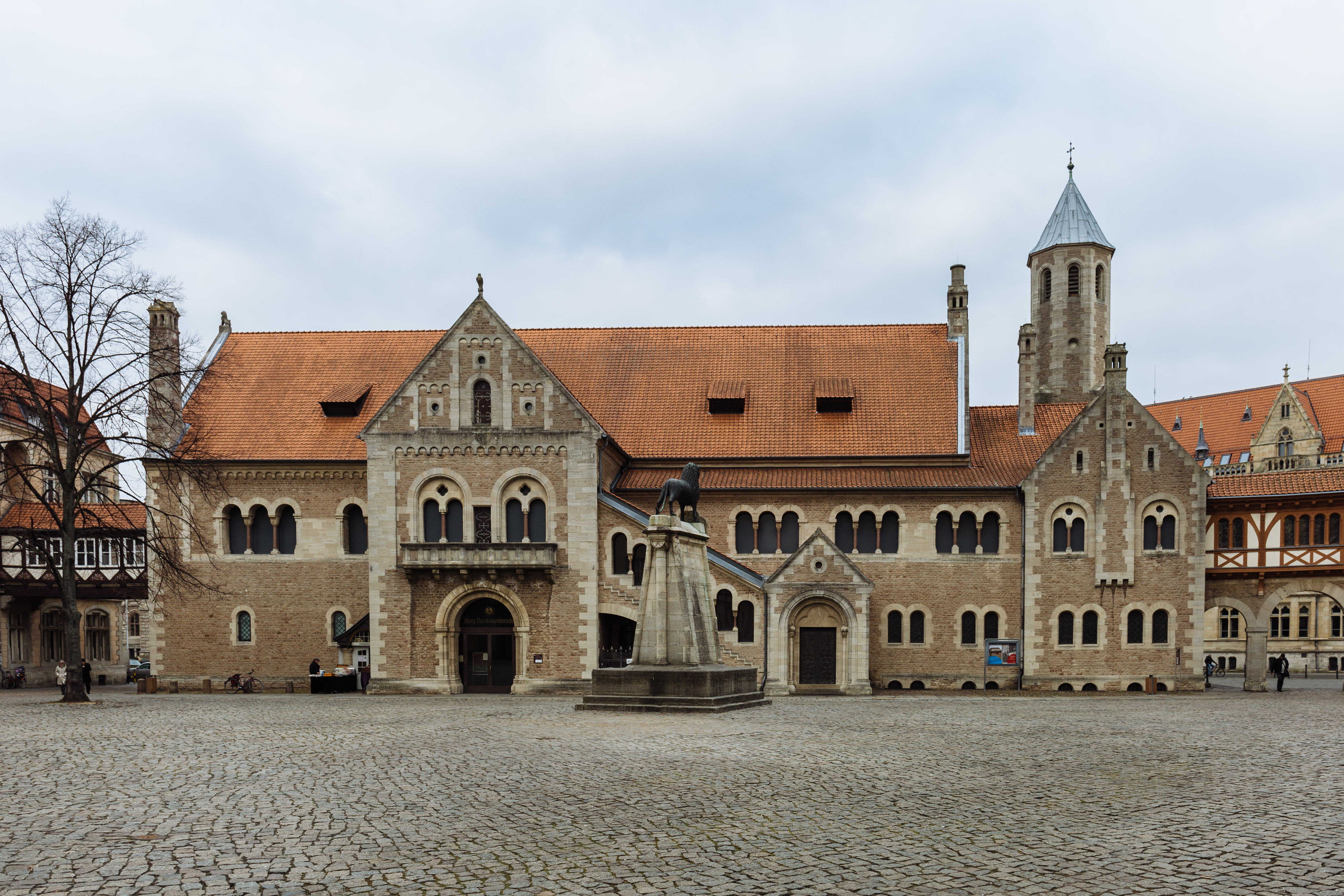|
Albert I, Duke Of Brunswick
Albert the Tall (, ; 1236 – 15 August 1279), a member of the House of Welf, was Duke of Brunswick-Lüneburg from 1252 and the first ruler of the newly created Principality of Brunswick-Wolfenbüttel from 1269 until his death. Life Albert was the oldest surviving son of the first Brunswick duke Otto the Child and his wife, Matilda of Brandenburg. When his father died in 1252, he took over the rule of the duchy. In 1267 the duchy was divided between Albert and his younger brother John. Albert's rule was initially troubled by several armed conflicts as the Welf dukes still had to cope with the followers of the extinct Hohenstaufen dynasty within their dominions. In 1260/61 Albert's troops fought against the Danish duke Eric I of Schleswig on behalf of Queen Margaret Sambiria and her minor son King Eric V of Denmark. In 1263 the duke quite luckless interfered in the War of the Thuringian Succession to support the claims raised by his mother-in-law Sophie of Brabant. On 31 May ... [...More Info...] [...Related Items...] OR: [Wikipedia] [Google] [Baidu] |
Duchy Of Brunswick-Lüneburg
The Duchy of Brunswick and Lüneburg (), commonly known as the Duchy of Brunswick-Lüneburg or Brunswick-Lüneburg, was an imperial principality of the Holy Roman Empire in the territory of present day Lower Saxony. In 1235, Otto I, Duke of Brunswick-Lüneburg, Otto I was Feoffment, enfeoffed with the newly founded Duchy of Brunswick-Lüneburg at the Court of Mainz. It was based on the two castles in County of Brunswick, Brunswick and Lüneburg and the associated estate of the House of Welf. In 1269 there was a first division between the brothers Albert I, Duke of Brunswick, Albrecht and John, Duke of Brunswick-Lüneburg, Johann. The resulting principalities of Brunswick and Lüneburg together continued to form the Duchy of Brunswick-Lüneburg. The history of the duchy and the constituent principalities was marked by further divisions and mergers of the principalities. The constituent principalities existed until the end of the Holy Roman Empire in 1806. At the Congress of Vi ... [...More Info...] [...Related Items...] OR: [Wikipedia] [Google] [Baidu] |
Eric V Of Denmark
Eric V Klipping (1249 – 22 November 1286) was King of Denmark from 1259 to 1286. After his father Christopher I died, his mother Margaret Sambiria ruled Denmark in his name until 1266, proving to be a competent regent. Between 1261 and 1262, the young King Eric was a prisoner in Holstein following a military defeat. Afterwards, he lived in Brandenburg, where he was initially held captive by John I, Margrave of Brandenburg (c. 1213–1266). During his reign, he enforced his power successfully over the church but failed to do so on the nobility, he offended the nobles and was thereby forced to accept a charter ('' Håndfæstning'') which limited his authority while confirming the rights of the nobles. Nickname The king's nickname "Klipping" or "Glipping" refers to a medieval coin that has become "clipped" (a "clipped penny") or cut in order to indicate devaluation. The nickname is an unkind reference to his lack of trustworthiness. He "short-changed" his people and the monarch ... [...More Info...] [...Related Items...] OR: [Wikipedia] [Google] [Baidu] |
Ottokar II Of Bohemia
Ottokar II (; , in Městec Králové, Bohemia – 26 August 1278, in Dürnkrut, Austria, Dürnkrut, Lower Austria), the Iron and Golden King, was a member of the Přemyslid dynasty who reigned as King of Bohemia from 1253 until his death in 1278. He also held the titles of Margrave of Moravia from 1247, Duke of Austria from 1251, and Duke of Styria from 1260, as well as Duke of Carinthia and Margrave of Carniola, landgrave of Carniola from 1269. With Ottokar's rule, the Přemyslids reached the peak of their power in the Holy Roman Empire. His expectations of the imperial crown, however, were never fulfilled. Ottokar was the second son of King Wenceslaus I of Bohemia (reigned 1230–1253). Through his mother, Kunigunde of Hohenstaufen, Kunigunde, daughter of Philip of Swabia, he was related to the Holy Roman Emperors of the House of Hohenstaufen, Hohenstaufen dynasty, which became extinct in the male line upon the execution of King Conradin, Conradin of Sicily in 1268. Named aft ... [...More Info...] [...Related Items...] OR: [Wikipedia] [Google] [Baidu] |
Interregnum
An interregnum (plural interregna or interregnums) is a period of revolutionary breach of legal continuity, discontinuity or "gap" in a government, organization, or social order. Archetypally, it was the period of time between the reign of one monarch and the next (coming from Latin ''inter-'', "between" and ''rēgnum'', "reign" [from ''rex, rēgis'', "king"]), and the concepts of interregnum and Regent, regency therefore overlap. Historically, longer and heavier interregna have been typically accompanied by widespread unrest, Civil war, civil and War of succession, succession wars between warlords, and power vacuums filled by foreign invasions or the emergence of a new power. The term also refers to the periods between the election of a new parliament and the establishment of a new government from that parliament in parliamentary democracies, usually ones that employ some form of proportional representation that allows small parties to elect significant numbers, requiring time f ... [...More Info...] [...Related Items...] OR: [Wikipedia] [Google] [Baidu] |
Göttingen
Göttingen (, ; ; ) is a college town, university city in Lower Saxony, central Germany, the Capital (political), capital of Göttingen (district), the eponymous district. The River Leine runs through it. According to the 2022 German census, the population of Göttingen was 124,548. Overview The origins of Göttingen lay in a village called ''Gutingi, ''first mentioned in a document in 953 AD. The city was founded northwest of this village, between 1150 and 1200 AD, and adopted its name. In Middle Ages, medieval times the city was a member of the Hanseatic League and hence a wealthy town. Today, Göttingen is famous for its old university (''Georgia Augusta'', or University of Göttingen, "Georg-August-Universität"), which was founded in 1734 (first classes in 1737) and became the most visited university of Europe. In 1837, seven professors protested against the absolute sovereignty of the House of Hanover, kings of Kingdom of Hanover, Hanover; they lost their positions, but ... [...More Info...] [...Related Items...] OR: [Wikipedia] [Google] [Baidu] |
Harz
The Harz (), also called the Harz Mountains, is a highland area in northern Germany. It has the highest elevations for that region, and its rugged terrain extends across parts of Lower Saxony, Saxony-Anhalt, and Thuringia. The name ''Harz'' derives from the Middle High German word ''Hardt'' or ''Hart'' (hill forest). The name ''Hercynia'' derives from a Celtic name and could refer to other mountain forests, but has also been applied to the geology of the Harz. The Brocken is the highest summit in the Harz with an elevation of above sea level. The Wurmberg () is the highest peak located entirely within the state of Lower Saxony. Geography Location and extent The Harz has a length of , stretching from the town of Seesen in the northwest to Eisleben in the east, and a width of . It occupies an area of , and is divided into the Upper Harz (''Oberharz'') in the northwest, which is up to 800 m high, apart from the 1,100 m high Brocken massif, and the Lower Harz (''Unterhar ... [...More Info...] [...Related Items...] OR: [Wikipedia] [Google] [Baidu] |
Helmstedt
Helmstedt (; Eastphalian: ''Helmstidde'') is a town on the eastern edge of the German state of Lower Saxony. It is the capital of the District of Helmstedt. The historic university and Hanseatic city conserves an important monumental heritage of Romanesque and Renaissance buildings, as well as numerous timber framed houses. During the German partition the nearby Bundesautobahn 2 was the site of the Helmstedt–Marienborn border crossing, the most important on the former inner German border as starting point of the shortest land route between West Germany and West Berlin. Geography Helmstedt is situated in a basin between the Elm and Lappwald hill ranges, at the transition area between the northern foothills of the Harz mountains and the North German Plain. It is surrounded by the Elm-Lappwald Nature Park. The town centre is located about east of Braunschweig, west of Magdeburg, and east of the state capital Hanover. The municipal area includes the localities of Barmke ... [...More Info...] [...Related Items...] OR: [Wikipedia] [Google] [Baidu] |
Calenberg
The Calenberg is a hill in central Germany in the Leine depression near Pattensen in the municipality of Schulenburg. It lies 13 km west of the city of Hildesheim in south Lower Saxony on the edge of the Central Uplands. It is made from a chalk marl slab (''Kalkmergelbank''), has a height of and was formed almost 100 million years ago at the beginning of the Upper Cretaceous series in Cenomanian stage. The Calenberg became historically important as a result of the fort, stronghold and castle built as the main residence of the House of Hanover. Etymology The syllables ''Kal'', ''Kalen-'', ''Calen-'' in the word ''Calenberg'' are derived from the word ''kal'' in the Middle High German and Middle Low German languages and mean ''kahl'' i.e. "bare", "stripped", "unwooded". Name formations using ''Kal'', ''Kalen'' or ''Calen'' could refer to its geological base (''rock, stone''). The syllable ''-berg'' goes back to the Old High German word ''berg'', to the Middle High German ... [...More Info...] [...Related Items...] OR: [Wikipedia] [Google] [Baidu] |
Wolfenbüttel
Wolfenbüttel (; ) is a town in Lower Saxony, Germany, the administrative capital of Wolfenbüttel District Wolfenbüttel (; ) is a town in Lower Saxony, Germany, the administrative capital of Wolfenbüttel (district), Wolfenbüttel District. It is best known as the location of the internationally renowned Herzog August Library and for having the lar .... It is best known as the location of the internationally renowned Herzog August Library and for having the largest concentration of timber-framed buildings in Germany, around 1,000. It is an Landesbischof, episcopal see of the Evangelical Lutheran Church in Brunswick. It is also home to the Jägermeister distillery, houses a campus of the Ostfalia Hochschule für angewandte Wissenschaften, Ostfalia University of Applied Sciences, and the Landesmusikakademie of Lower Saxony. Geography The town center is located at an elevation of on the Oker river near the confluence with its Altenau (Oker), Altenau tributary, about south ... [...More Info...] [...Related Items...] OR: [Wikipedia] [Google] [Baidu] |
Braunschweig
Braunschweig () or Brunswick ( ; from Low German , local dialect: ) is a List of cities and towns in Germany, city in Lower Saxony, Germany, north of the Harz Mountains at the farthest navigable point of the river Oker, which connects it to the North Sea via the rivers Aller (Germany), Aller and Weser. In 2024, it had a population of 272,417. The Braunschweig-Wolfsburg-Salzgitter region had 1.02 million residents including the cities Wolfsburg and Salzgitter, it is the second largest urban center in Lower Saxony after Hanover. The urban agglomeration of Braunschweig had a population of 551,000 with almost 45% having a migration background, making it the most diverse urban agglomeration in the whole Niedersachsen, state. The city consists of 37.5% immigrants (approximately 102,000) with a high amount of migrants coming from other European countries, Asia and Africa. 73% of the Germans residing in Braunschweig come from different parts of the country, particularly North Rhine West ... [...More Info...] [...Related Items...] OR: [Wikipedia] [Google] [Baidu] |
Hanover
Hanover ( ; ; ) is the capital and largest city of the States of Germany, German state of Lower Saxony. Its population of 535,932 (2021) makes it the List of cities in Germany by population, 13th-largest city in Germany as well as the fourth-largest in northern Germany after Berlin, Hamburg and Bremen. Hanover's urban area comprises the towns of Garbsen, Langenhagen and Laatzen and has a population of about 791,000 (2018). The Hanover Region has approximately 1.16 million inhabitants (2019) and is the largest in the Hannover–Braunschweig–Göttingen–Wolfsburg Metropolitan Region, Hanover–Braunschweig–Göttingen–Wolfsburg Metropolitan Region, the List of EU metropolitan areas by GDP, 17th biggest metropolitan area by GDP in the European Union. Before it became the capital of Lower Saxony in 1946, Hanover was the capital of the Principality of Calenberg (1636–1692), the Electorate of Hanover (1692–1814), the Kingdom of Hanover (1814–1866), the Province of Hannove ... [...More Info...] [...Related Items...] OR: [Wikipedia] [Google] [Baidu] |
Celle
Celle () is a town and capital of the district of Celle (district), Celle in Lower Saxony, in north-central Germany. The town is situated on the banks of the river Aller (Germany), Aller, a tributary of the Weser, and has a population of about 71,000. Celle is the southern gateway to the Lüneburg Heath, has a castle (''Schloss Celle'') built in the Renaissance and Baroque styles and a picturesque old town centre (the ''Altstadt'') with more than 400 timber framing, timber-framed houses, making Celle one of the most remarkable members of the German Timber-Frame Road. From 1378 to 1705 Celle was the official residence of the Lüneburg branch of the dukes of Duchy of Brunswick-Lüneburg, Brunswick-Lüneburg (House of Welf), who had been banished from their original ducal seat by its townsfolk. Geography The town of Celle lies in the glacial valley of the Aller (Germany), Aller, about northeast of Hanover, northwest of Braunschweig, Brunswick and south of Hamburg. With 71,000 ... [...More Info...] [...Related Items...] OR: [Wikipedia] [Google] [Baidu] |









